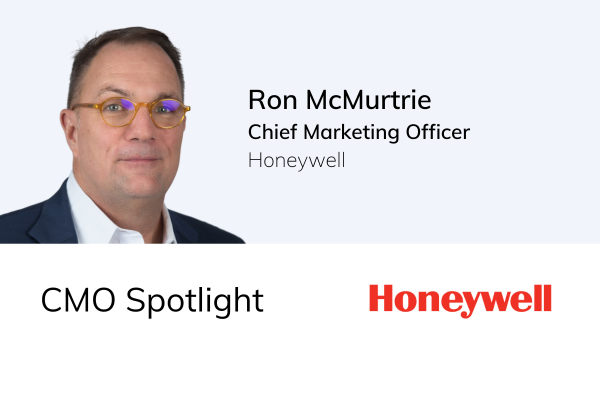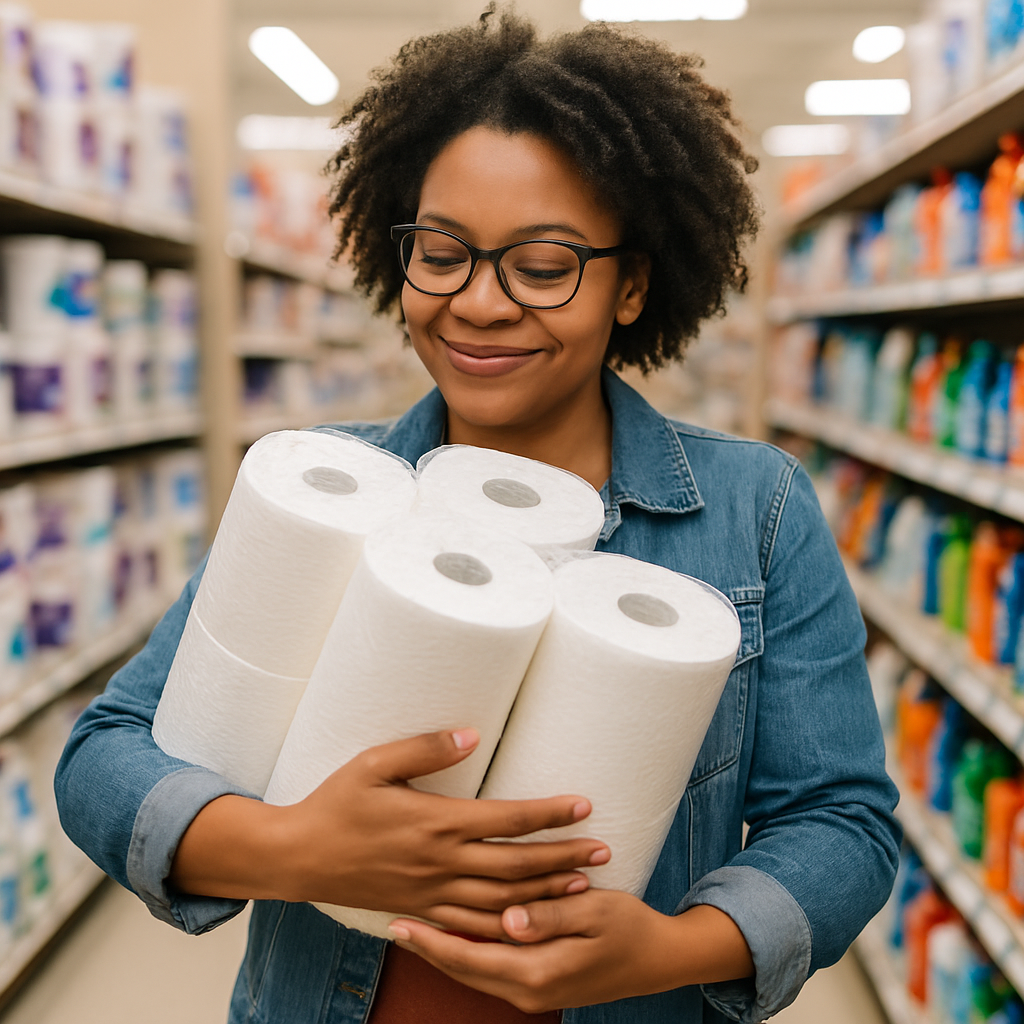Pursuing Content Marketing: How Brands Act as Media Companies
Why do brands like Red Bull have a massive presence around the world? Why do some consumers have immense loyalty to Coca-Cola? Because these brands stand out. These brands do not just sell products, they are also media companies.
Increasingly, consumers are looking to brands for education or entertainment. To succeed in the long term, consumer goods companies must provide value as a media company and not just as an advertiser.
There is an ongoing battle for the consumer’s attention. Brands that can cut through the noise and competition stand out. Those who succeed by humanizing brands with empathy are able to tell their brand’s story through content.
Pursuing Content Marketing: Four Questions to Get Brands to Think like Publishers
Q1: Is this content valuable to the consumer?
Does the advertisement provoke an emotion, teach something new, present a solution to current problems? If the marketing content does not add value to the consumer it is viewed as a nuisance.
Does this ad have a purpose? If the brand is insistent on maintaining traditional advertising outlets, it should at least tie to a digital marketing campaign using a hashtag. The world is digitally focused now, so marketers need to think about how their content will play on multiple platforms.
Having a purpose is important. Otherwise it is just noise.
Speaking of noise, Spotify does an excellent job giving its brand a voice through marketing content. They connect traditional ads to their apps and multimedia platform, Spotlight, to make their content more interactive. Spotify recently paid tribute to the life of the famous musician David Bowie in New York’s Subway tunnels. The murals and posters, inspire onlookers to use the Spotify app. to learn about and listen to the history and music of the deceased artist.
Their ads heavily rely on consumer data. Spotify’s End of the Year campaign used followers’ data to reveal how often certain users listened to specific songs. This engaged curious Spotify users to interact with the app. to see their own listening numbers.
Q2: Is the content interruptive or interesting?
Interesting content maintains the consumer’s attention. Reacting in real-time impresses and engages consumers. Trends and fads change rapidly. Brands should only chime in on a trend when it makes sense.
Brands should tell a unique story to catch the consumer’s eye.
The Dos Equis campaign with Havas Worldwide called “The Most Interesting Man” became a part of their brand’s identity. Instead of relying on the typical bar scene with attractive people, they told wild, hysterical, and bizarre stories about a man who was more than interesting enough to catch people’s attention.
Q3: Does this content make the consumer relate to the brand?
Is the content about the consumer? Joe Pulizzi from the Content Marketing Institute said that consumers don’t care about the brand. They care about their own wants and needs.
Know how to relate to the consumer by knowing their persona and preferences. Show passion and care for the consumer and they will show passion for the brand.
Post inspiring content that ties the brand to a cause and evokes emotion from the consumer. Be weary, however, and learn from this year’s Super Bowl ads - only get involved in a cause if it makes sense for the brand.
Most people want to see themselves and the things they choose to spend their time and money on as good. Tying a brand to a “good feeling” or altruistic mindset is a masterful approach to engaging the consumer.
In 2012, Coca-Cola launched their online publishing website the “Coca-Cola Journey” where they became a part of the public’s conversation with Coke-focused content, food articles, cultural pieces, music, and stories. They seamlessly tie their brand into the consumer’s everyday life and cause consumers to “share” experiences, “give” love, or even “open happiness.”
Q4: Does this content create a community around the brand?
Good storytelling and content helps the consumer determine whether or not they want to affiliate themselves with the company. Build trust with them by being authentic and real. In a relationship, people date before committing long-term. Build a community worth committing to.
Groups on Facebook or other platforms allow consumers to share their passion, stories, or interact with the brand. Influencers are figures who consumers can relate to and trust because the consumer sees themselves as connected to the person. A study by Defy Media showed that 63% of 13-24 year olds are likely to try a product recommended to them by an influencer.
Red Bull is well known as one of the best brand media producers. The Red Bull Media House captures thrill-seekers’ attention through an interactive video database full of live, documentary series, movies, and TV shows. They further rope in their audience with engaging print, music, games and mobile.
Red Bull also provides value, interesting content, and a community.
Today’s brands need to think like a publisher and create amazing content to engage consumers. If your content does not entertain, inform, or delight in some other way, then your brand will struggle in the long term. Brands can purue authentic and human-centered storytelling by understanding their customer, utilizing AI for content creation and research, adopting omnichannel distribution strategies, and using User-Generated Content (UGC).
There are highly capable agencies out there that can help create meaningful content that will resonate with consumers. If you would like to connect with a qualified expert who can help you optimize your storytelling and brand, we can help.































A call for marketers and agencies to participate in the 2025 Marketing Relationship Survey, before it’s too late.